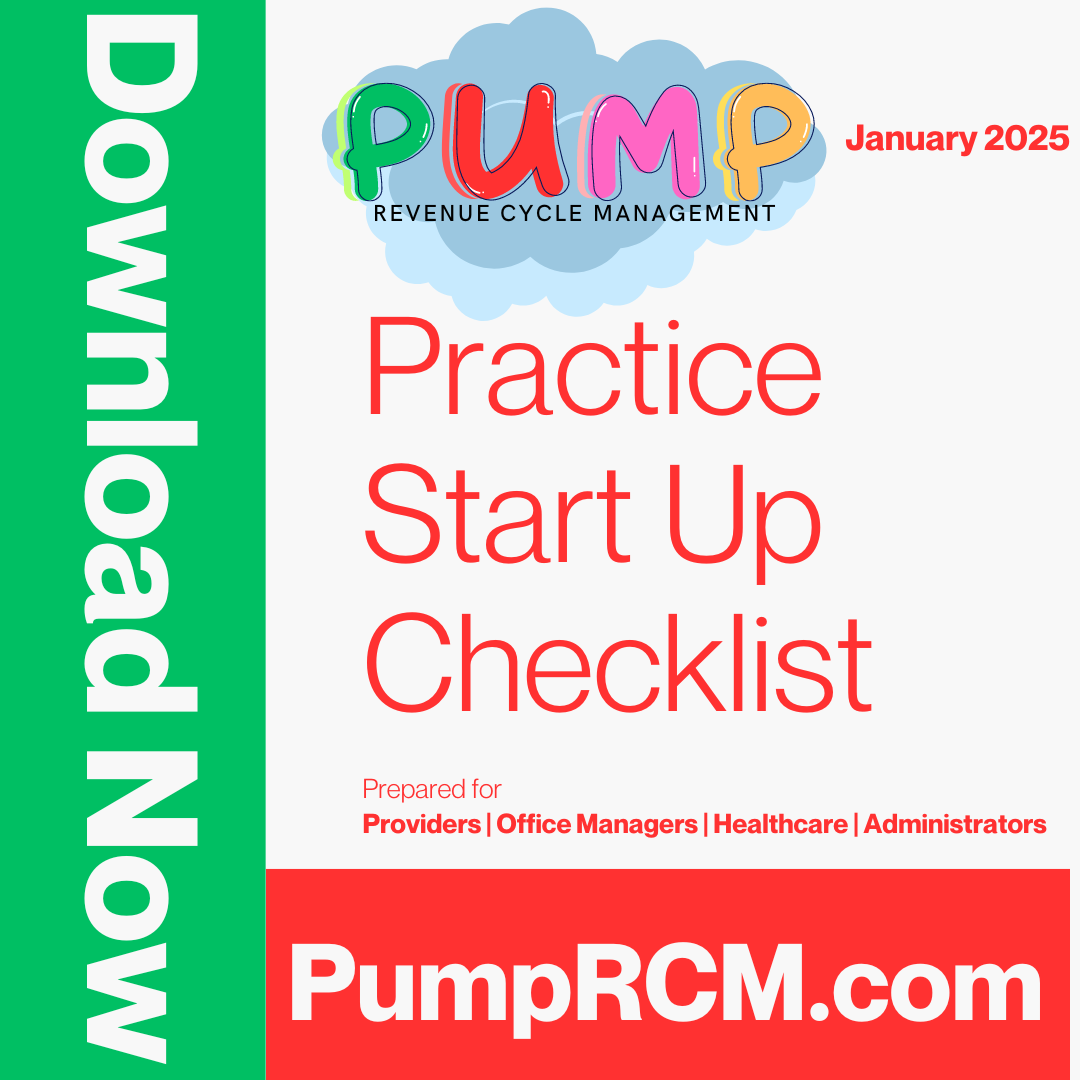The Value of Healthcare RCM in Enhancing Capital and Effectiveness
The Value of Healthcare RCM in Enhancing Capital and Effectiveness
Blog Article
A Comprehensive Overview on How Health Care RCM Functions to Enhance Billing and Collections
Navigating the complexities of medical care earnings cycle administration (RCM) is critical for providers aiming to enhance their payment and collections processes. The overview unloads the complexities of RCM, from individual enrollment to balance dues administration, providing insights right into optimizing each step. Integrating innovative innovation and standard procedures can considerably minimize claim rejections and speed up payment cycles. Yet, truth challenge depends on seamlessly combining these aspects to boost capital. As we check out the core parts and techniques that drive performance, one concern remains: exactly how can healthcare entities finest placement themselves to flourish economically in an ever-evolving industry?
Comprehending Earnings Cycle Monitoring
RCM is an important administrative feature that incorporates the whole monetary process of individual care, from the initial consultation setting to the last settlement of the equilibrium. It is a complicated treatment created to identify, collect, and take care of the income from the solutions provided to people.
The RCM procedure begins when a patient timetables a visit and prolongs via the person's care trip, consisting of billing and collections. A vital goal is to decrease the time between getting and offering a solution repayment, hence improving the organization's financial health and wellness. RCM entails numerous features such as client enrollment, insurance confirmation, charge capture, coding, asserts submission, repayment posting, and managing denials and appeals.
Secret Parts of RCM
In the realm of Earnings Cycle Management (RCM), recognizing its key parts is essential to achieving monetary efficiency within health care companies. RCM is an extensive procedure that encompasses various phases, each important to ensuring efficient invoicing and collections. The key parts consist of person registration, insurance policy confirmation, charge capture, coding, case submission, settlement publishing, and receivable management.


As soon as coded, cases are submitted to payers, where precision is paramount to prevent delays or beings rejected - Healthcare RCM. Settlement posting includes videotaping the obtained payments, which permits the reconciliation of accounts. Lastly, balance dues administration focuses on monitoring and resolving overdue cases, making sure prompt follow-up and resolution
Each component of RCM is adjoined, and inadequacies in any kind of part can interfere with the whole cycle. Therefore, mastering these elements is essential for health care carriers to maximize earnings and enhance their financial wellness.
Approaches for Reliable Payment

Standardizing payment treatments throughout the organization is another essential strategy. Establishing clear standards for paperwork, coding, and entry helps maintain uniformity and conformity with regulative needs. Training staff frequently on these treatments ensures every person is current with the current modifications in payment codes and payer policies.
Accurate fee capture is necessary in avoiding earnings leak. Executing normal audits and surveillance systems enables the identification and correction of disparities before they influence income. In addition, keeping open lines of interaction with payers assists to quickly fix any type of disputes or misconceptions that might occur.

Lastly, appealing individuals early in the invoicing process by providing clear estimates and academic materials concerning their economic obligations browse around here can dramatically minimize confusion and improve payment timeliness. These techniques collectively add to a much more effective and economically healthy payment system.
Enhancing Collections Processes
A durable collections process is important for preserving economic stability within health care companies. Given the intricacies of clinical payment and the range of payer needs, enhancing the collections process includes implementing calculated measures that make sure exact and prompt payment of solutions provided. Central to this is using innovation to automate and improve procedures, lowering manual errors and enhancing performance. Automation tools can aid in tracking claim statuses, sending out prompt reminders to individuals, and handling denials better.
Educating personnel to comprehend the nuances of insurance plan and invoicing codes is just as necessary. This understanding encourages them to attend to billing discrepancies swiftly and communicate successfully with individuals regarding their monetary obligations. Additionally, clear and transparent patient communications are essential. Providing detailed descriptions of charges and supplying versatile layaway plan can increase individual satisfaction and punctual repayments.
Routine audits of the collections process should be performed to identify locations for improvement and guarantee compliance with laws. By evaluating data, medical care organizations can recognize patterns, prepare for possible issues, and adapt approaches appropriately (Healthcare RCM). Ultimately, a well-enhanced collections procedure not just sustains financial health yet likewise adds to a more smooth experience for people and team alike
Optimizing Income Streams
Structure upon the foundation of a solid collections process, health care companies can additionally reinforce their economic stability by tactically maximizing income streams. This entails a multi-faceted method, beginning with a comprehensive evaluation of existing profits resources to identify inadequacies and areas for development. Utilizing advanced data analytics tools makes it possible for organizations to acquire insights right into payer mix, individual demographics, and solution utilization patterns, enabling for data-driven choices that enhance profits capture.
Implementing automated billing systems can dramatically decrease errors and accelerate cases refining, ensuring that income is gathered much more effectively. Additionally, maximizing payer agreements via normal settlements can enhance repayment prices and terms, straight affecting the lower line. Branching out service offerings, such as incorporating telehealth or health care, can likewise attract a wider person base, therefore raising earnings possibility.
One more important component is boosting individual interaction and fulfillment, as satisfied clients are more probable to stick to treatment plans and make timely settlements. Using versatile settlement alternatives and transparent payment methods can improve collections and foster client loyalty. Healthcare RCM. By taking on these approaches, health care organizations can develop a much more resilient financial framework, guaranteeing sustained development and stability in an ever-changing market landscape
Conclusion
Finally, medical care Earnings Cycle Management (RCM) plays a crucial duty in optimizing invoicing and collections processes by incorporating essential parts such as person enrollment, insurance confirmation, cost capture, coding, declares submission, and receivable management. By utilizing innovative technology, systematizing procedures, and promoting patient engagement, healthcare providers can dramatically decrease case denials, speed up settlement cycles, and boost cash money flow. This thorough approach to RCM ultimately results reference in improved financial effectiveness and sustainability for healthcare organizations.
The RCM process begins when a person routines a visit and webpage extends with the patient's treatment trip, consisting of payment and collections.An additional vital part is boosting patient involvement and contentment, as satisfied people are more likely to adhere to treatment plans and make timely payments. Offering versatile repayment choices and transparent invoicing techniques can improve collections and foster patient commitment.In conclusion, health care Income Cycle Administration (RCM) plays a crucial role in optimizing invoicing and collections processes by integrating key elements such as person enrollment, insurance policy confirmation, fee capture, coding, asserts entry, and accounts receivable monitoring. By using innovative technology, standardizing procedures, and cultivating person interaction, medical care suppliers can substantially minimize claim rejections, accelerate repayment cycles, and boost cash money circulation.
Report this page